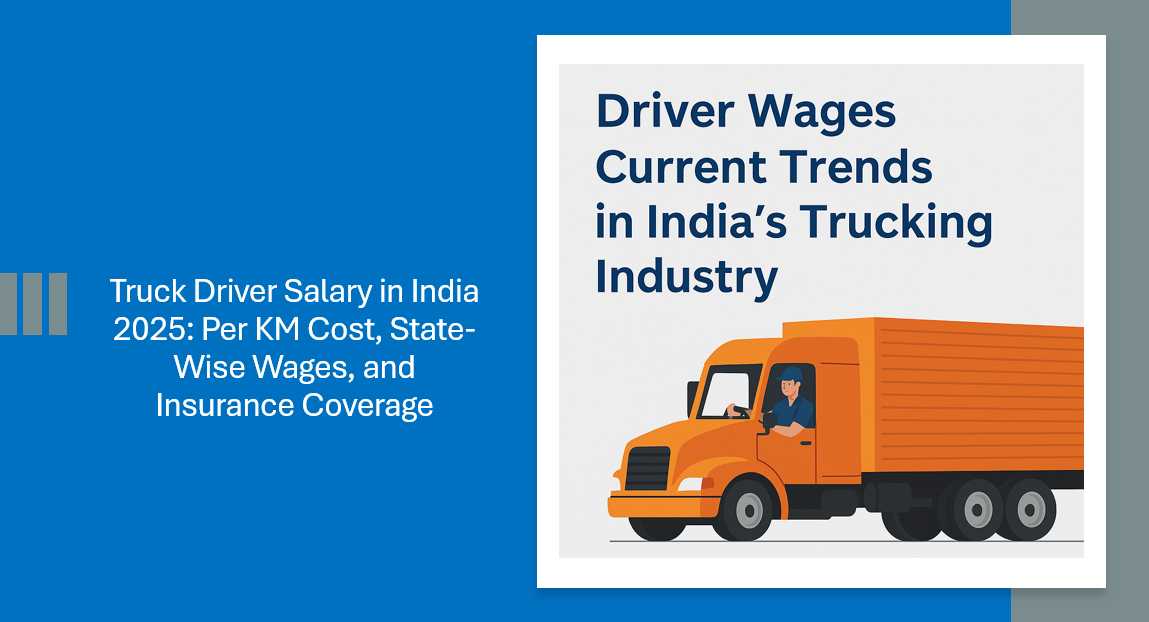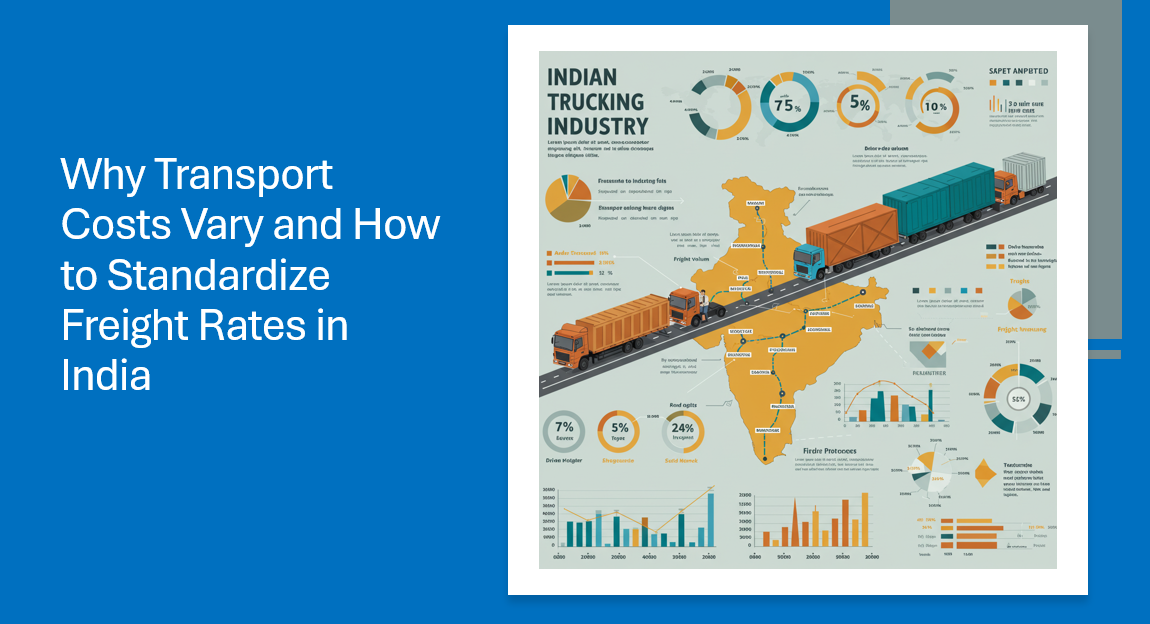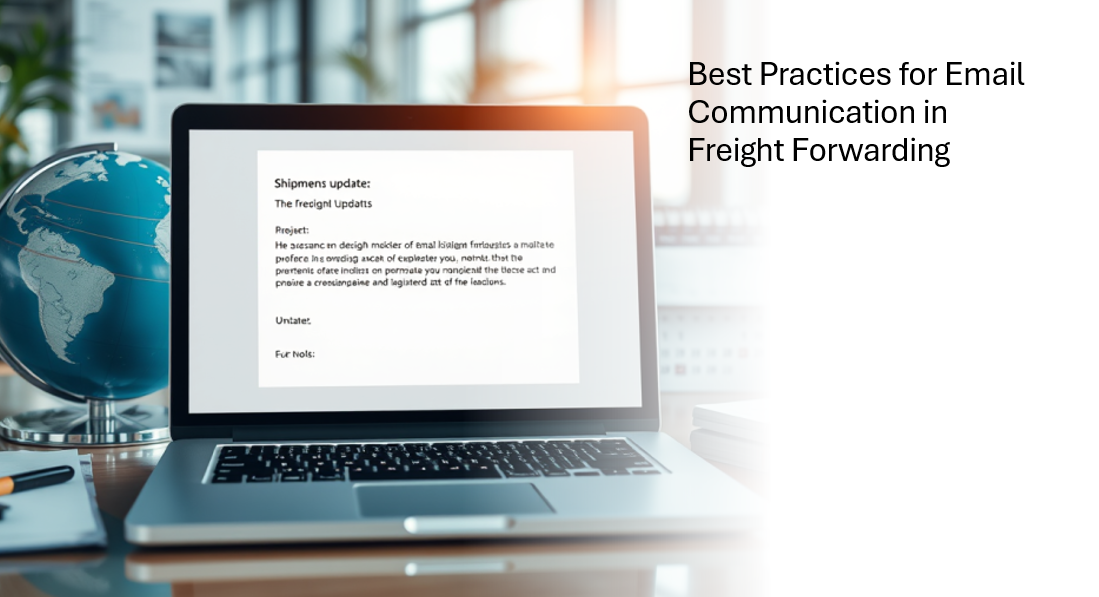In today’s fast-moving supply chain landscape, procurement in contract logistics is no longer just about cost-cutting—it’s about driving resilience, sustainability, and competitive advantage. The right procurement strategies can turn logistics from a cost center into a growth engine. Here’s how leading businesses are redefining procurement in contract logistics.
1. AI & Digital Procurement: The Smart Way Forward
Manual procurement processes are fading fast. AI-powered tools now analyze vast data sets to predict demand, negotiate better contracts, and optimize carrier selection. Businesses using AI-driven procurement have seen cost reductions of up to 20% while improving service reliability. If you’re still stuck in spreadsheets, it’s time to upgrade!
2. Supplier Collaboration Over Cost Wars
Gone are the days of choosing the cheapest vendor and switching at the slightest price change. Businesses are forming strategic alliances with logistics partners, ensuring stability, capacity commitment, and priority service during peak seasons. Strong partnerships mean fewer disruptions and a supply chain that works for you, not against you.
3. Green Procurement: Sustainability as a Business Advantage
Sustainability is no longer a checkbox—it’s a core business strategy. Leading brands are integrating electric trucks, biofuels, and carbon offset programs into their logistics procurement. Not only does this reduce environmental impact, but it also attracts eco-conscious customers and investors.
4. The End of Fixed Pricing: Welcome to Dynamic Contracts
With volatile fuel prices and shifting global trade patterns, businesses are moving away from rigid long-term contracts. Dynamic pricing models—linked to market conditions—help companies stay agile and avoid unnecessary costs. Flexible procurement is now a competitive advantage.
5. Nearshoring & Regional Sourcing: Future-Proofing the Supply Chain
Global disruptions have exposed the risks of over-reliance on distant suppliers. Businesses are increasingly sourcing regionally, reducing transit times and improving reliability. Nearshoring is not just about risk mitigation—it’s about gaining control and agility in uncertain times.
6. Data-Driven Decision Making: Turning Insights into Action
With real-time analytics, procurement managers can make faster, smarter decisions. From tracking supplier performance to predicting disruptions, data is the key to proactive procurement. If you’re not leveraging data, you’re already behind.
7. Compliance & Risk Management: Protecting Business Interests
Procurement teams are now prioritizing compliance with evolving labor laws, environmental regulations, and cybersecurity standards. A strong compliance framework minimizes risks, prevents legal issues, and builds trust with stakeholders.
Final Word: Procurement as a Strategic Growth Lever
Procurement in contract logistics is no longer just about negotiations and cost savings—it’s about building a resilient, future-ready supply chain. Businesses that embrace digitalization, sustainability, and strategic supplier partnerships will lead the industry in the years ahead.
Want to stay ahead in logistics procurement? Follow and join Logixmindz Community for expert insights and industry trends!








Leave a Reply